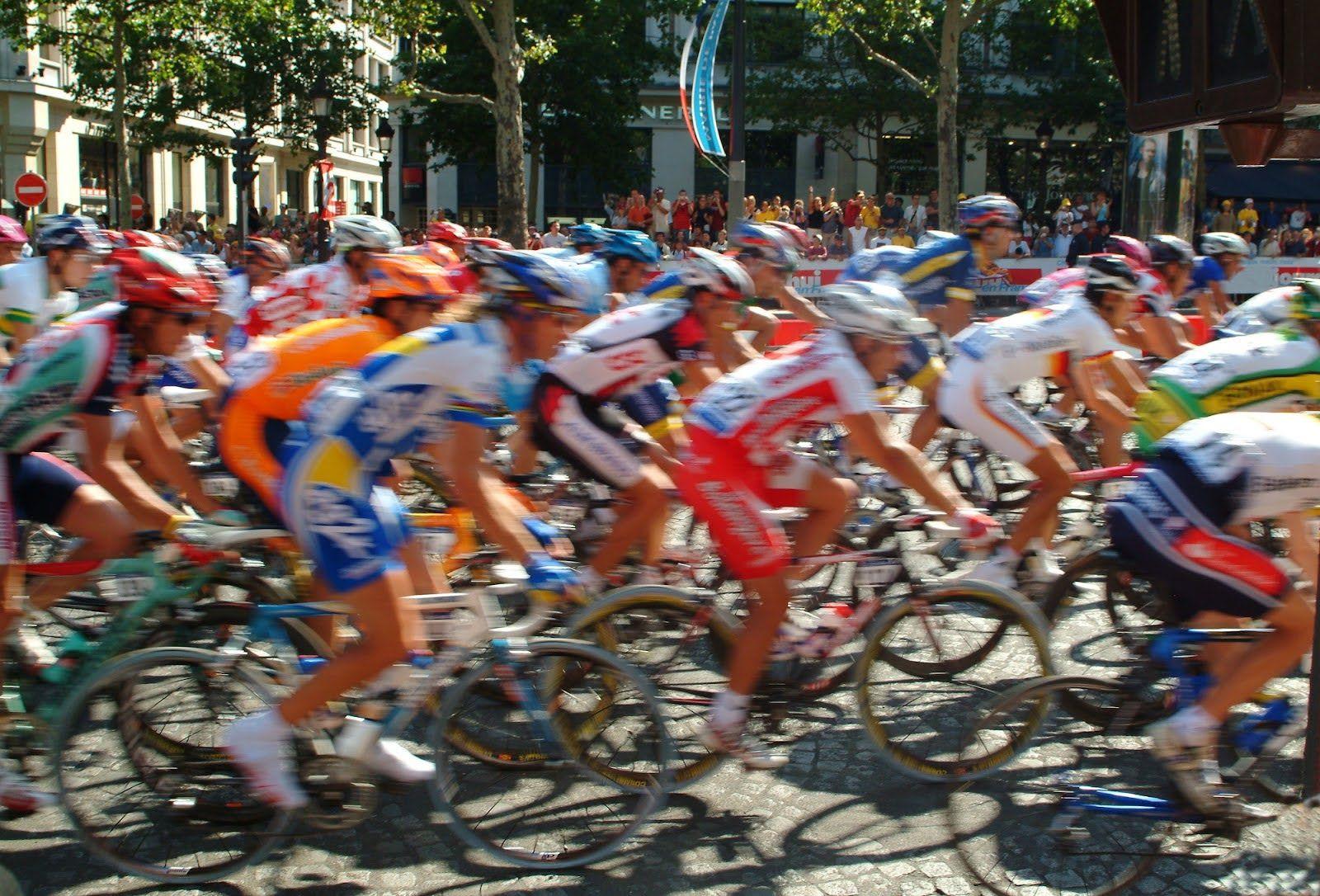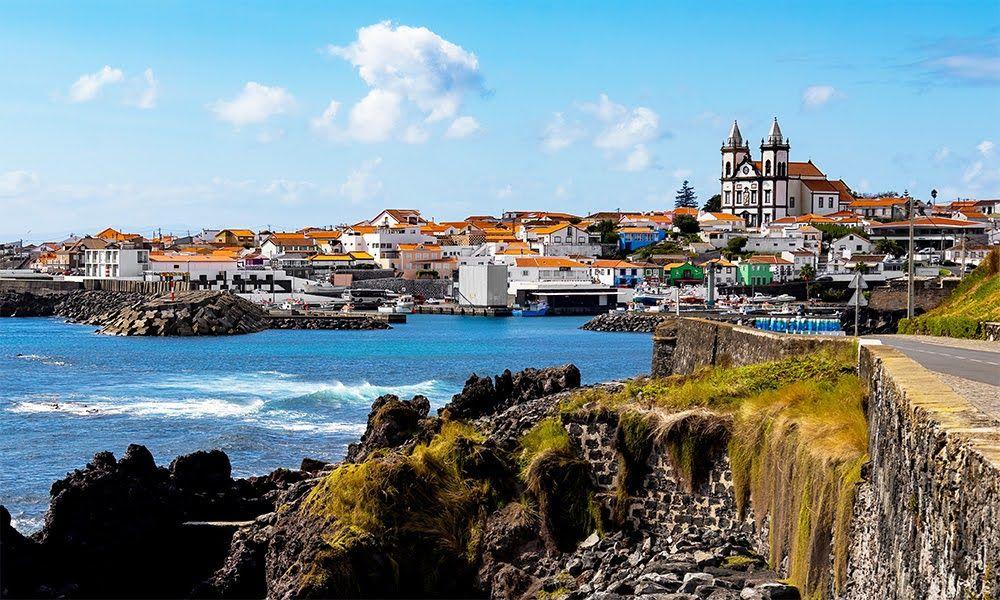Every July, legends are made as the ProTour peloton battles across France’s most beautiful and brutal landscapes in the world’s most renowned race - the Tour de France, an epic journey of grit, endurance, tactical strategies and prestige. In 2025, the drama returns with a route as challenging as it is beautiful. And thanks to ROUVY, you don’t only have to watch it - you can ride parts of the same routes on the same days that the pros ride them. From iconic climbs to fan favourite summit finishes, ROUVY brings select Tour de France segments for you to enjoy riding in vivid detail.
The 2025 Tour de France: A Route for the Brave
The 2025 Tour de France, from July 5 to July 27, is the 112th edition. One 184 riders from 23 ProTour teams will line up at the start line. For the first time since 2020, the whole race will be in France, starting in Lille and finishing on the Champs-Élysées in Paris - 100% French!
The pros will tackle 3,320 km with a heavy schedule of 52,500m of climbing. The route is divided into two halves, where the first 10 stages are flat and hilly, perfect for sprinters, puncheurs and breakaway strategists. But from stage 11 onwards, the terrain’s profiles change and the stages venture through the Massif Central, the Pyrenees, the Alps and the Jura, with five summit finishes, including the Col de la Loze and the legendary Mont Ventoux. The Col de la Loze, at 2,304 m elevation, will be the highest point of the Tour starting from Brides-les-Bains from the east and climbing via Courchevel. Only 44km of time trialling, including an 11km mountain time trial to the Peyragudes altiport on stage 13. This Tour route is definitely for the climbers!

The Jerseys: Symbols of Excellence
Every jersey worn in the Tour de France carries a story—and a challenge. The overall race leader wears the yellow jersey (Maillot Jaune) based on cumulative time, which is the most prestigious cycling prize. The green jersey (Maillot Vert) is awarded to the leader of the points classification, favouring sprinters who excel in flat, power finishes and intermediate sprints. The polka-dot jersey (Maillot à Pois Rouges) is worn by the best climber, awarded based on points collected over categorised mountain climbs. The white jersey (Maillot Blanc) is awarded to the best young rider under 26 in the general classification.
These jerseys symbolise excellence in different disciplines, and on ROUVY, you can chase your very own version of glory, one virtual stage at a time. You may not wear an authentic jersey, but you can still ride the same iconic roads, at your own pace, whether in ride or race mode and participate with others in the Grand Tour vibe. By participating in ROUVY’s challenges, you can earn virtual jerseys inspired by pro kits like those worn by Team Visma | Lease a Bike and Lidl–Trek, plus other exciting prizes. It’s a fun, motivational way to level up your indoor rides.

Conquer the iconic Climbs on ROUVY
ROUVY offers authentic routes from the Tour's most legendary climbs. Through events, group rides, races, and challenges, you can virtually ride the same roads as the pros, from flat profiles to undulating and those that extend skywards. I have curated a few of the most iconic routes from the Tour for you to challenge yourself with and take your fitness level to new heights!
Pyrenean Punishment: Hautacam
Stage 12 is the brutal ascent to Hautacam—a Pyrenean monster in the southwest of France, over 13.6km and 8% average gradient. As a warmup to this beast, they tackle the Col du Soulor (11.9km at 7.3%) and the Col des Bordères (3.1km at 7.6%). Not the highest or longest Pyrenean climb, but Hautacam is infamous for its irregular gradients with ramps over 10% to disrupt any rhythm. The road winds up from the Argelès-Gazost valley with stunning views but no mercy. Its unpredictable profile makes it perfect for attacks and plenty of suffering. The climb doesn’t always appear in the race, but when it does, it’s often a turning point in the mountain stages. Challenge yourself and ride the iconic Hautacam on ROUVY.
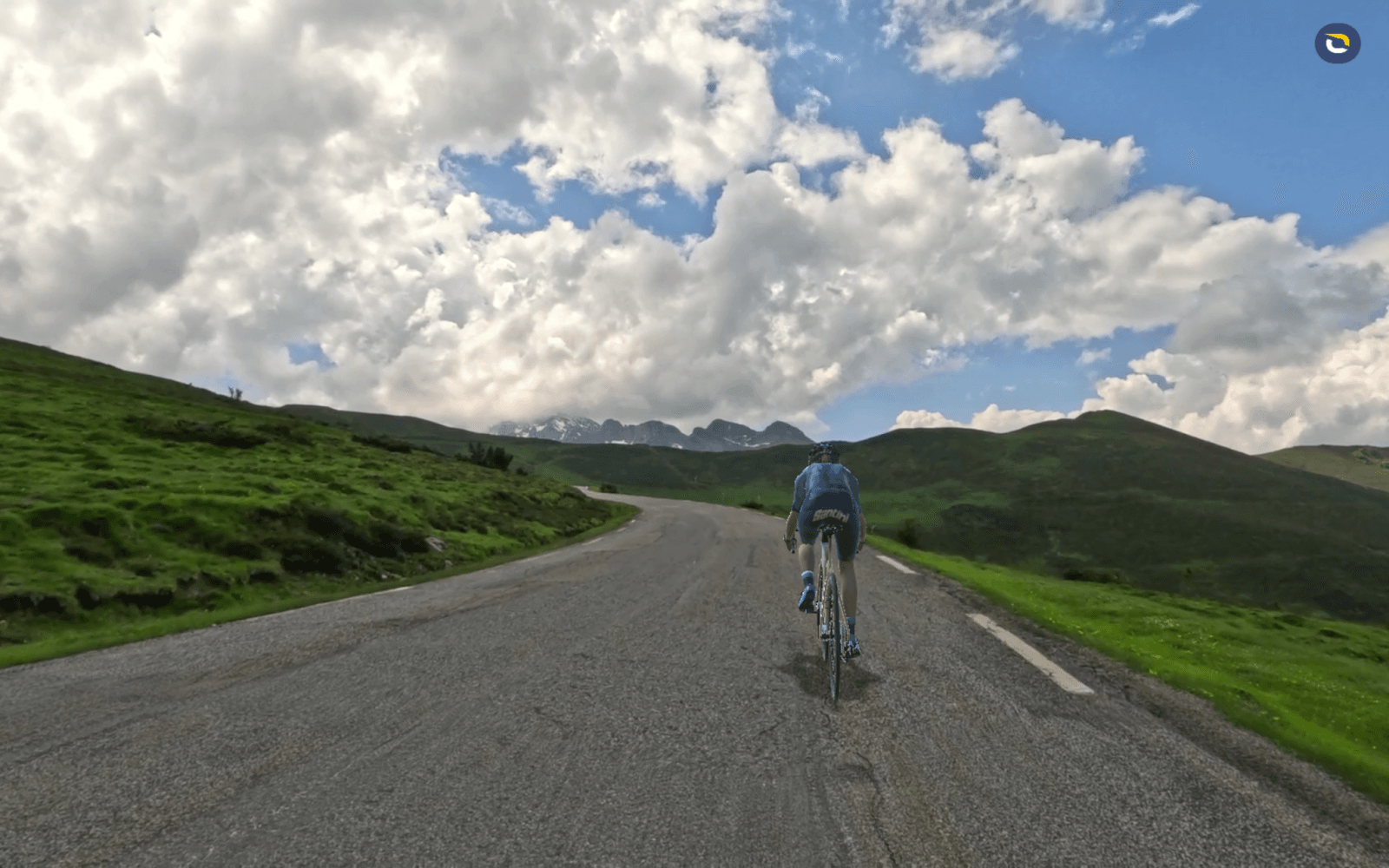
A Ride Through History: Col du Tourmalet
No climb is more intertwined with Tour de France history than the Col du Tourmalet, which we will view on Stage 14, which also includes iconic climbs such as the Col d’Aspin and Col de Peyresourde before the finish climb, which leads to the ski resort of the Superbagnères, wrapping up the stage. Climbing from Luz Saint Sauveur, the riders will head up 17 km of winding, narrow roads that have witnessed decades of glory and defeat. With ROUVY, you’ll feel the same intensity the pros do—switchback after switchback, one pedal stroke grind to the next, surrounded by the majesty of the Pyrenees. It's a pilgrimage every cyclist should make, but in the meantime, you can ride the Col du Tourmalet on ROUVY.

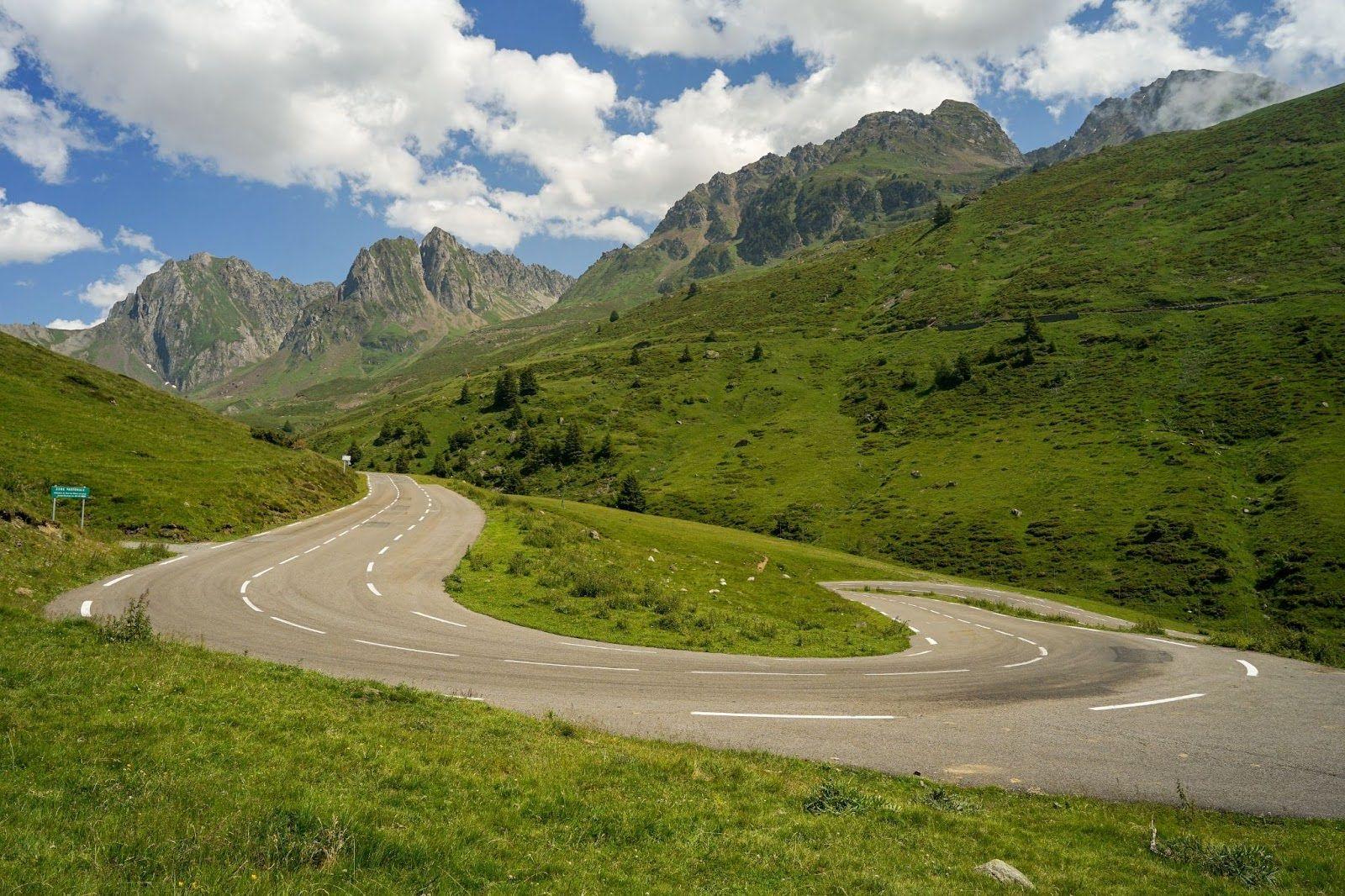
Mont Ventoux from Bedoin, the Beast of Provence
Perhaps the most iconic of them all, Mont Ventoux from Bedoin, awaits the riders in Stage 16 starting from the flats of Montpellier. The climb from Bedoin spans 15.7 km with an average gradient of 8.8%. The initial 3 km stretch through the forest is particularly challenging, averaging nearly 10%, before easing slightly to 7.5% for the next 7 km. Past Chalet Reynard, the environment transforms into a stark, white, stony, moon-like landscape with little vegetation, a roughly 6 km segment with an almost 8% incline. The final 1.5 km gets steeper again to nearly 10%. You can tackle Mont Ventoux on ROUVY, plus the other two sides to the summit from Malaucene and Sault, too, on ROUVY, and join the Club des Cinglés du Mont Ventoux!

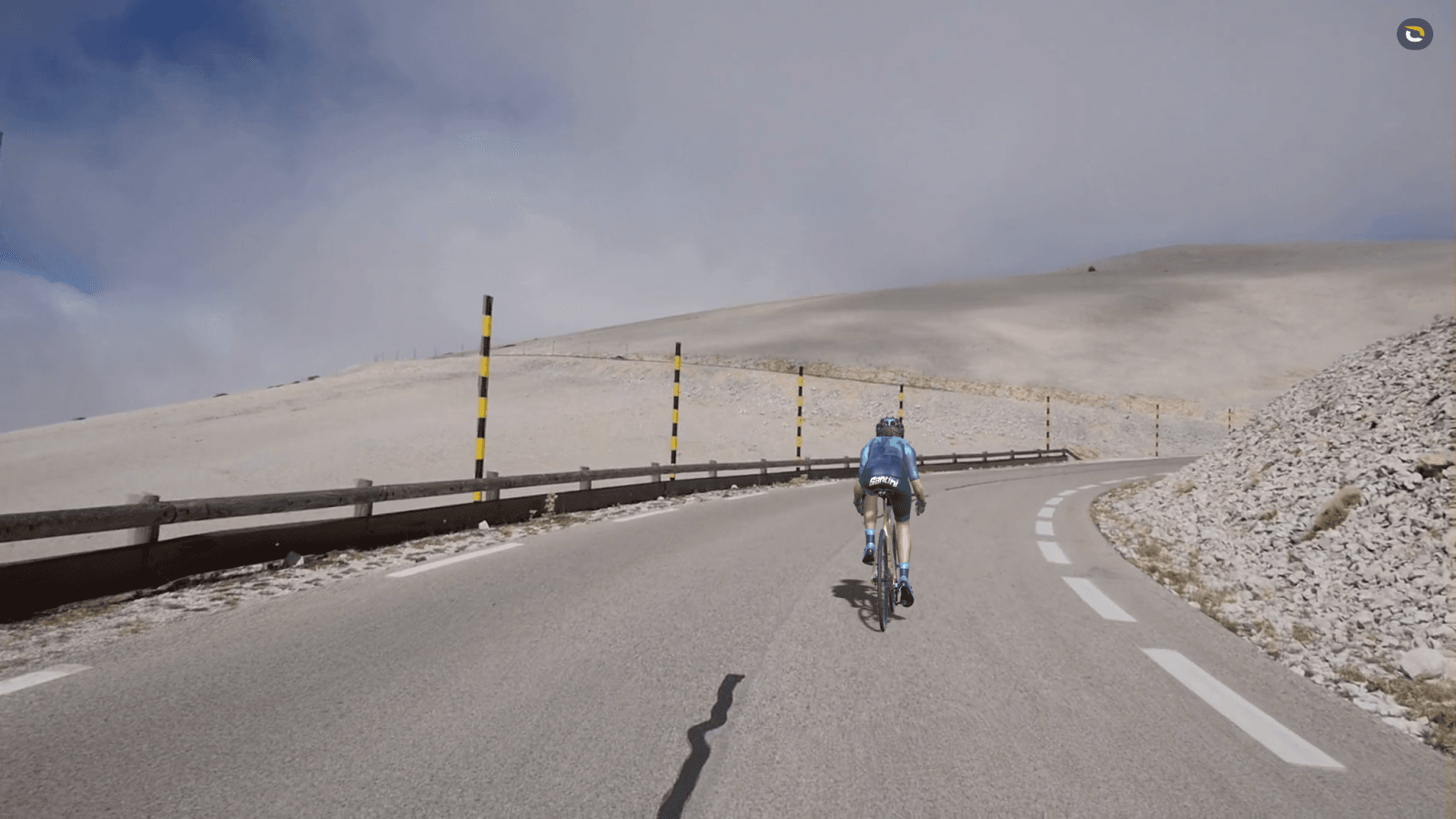
Brutal Beauty: Col de la Loze
Stage 18 of the 2025 Tour de France delivers one of the most punishing sets of climbs in the entire race - the Col de la Loze. But first, the riders will tackle the leg-sapping Col du Glandon and the steep, iconic Col de la Madeleine before reaching the high altitude showdown on this alpine monster, which climbs to 2,304 metres—the highest point of the Tour and the winner of the Souvenir Henri Desgrange.
The ascent from Brides-les-Bains stretches 26.2 km at an average of 6.5%, but don’t be fooled—the final kilometres are brutal, with unpredictable gradients spiking to 20%. The final segment, a narrow, car-free cycle path once used for ski access, adds another layer of difficulty with its steep ramps and technical twists.
ROUVY brings the entire Col de la Loze to life, from shaded forest roads to exposed high-altitude switchbacks, you’ll feel the grit and tenacity it takes to conquer one of the Tour’s most feared climbs. Conquer the Col de la Loze yourself on ROUVY!
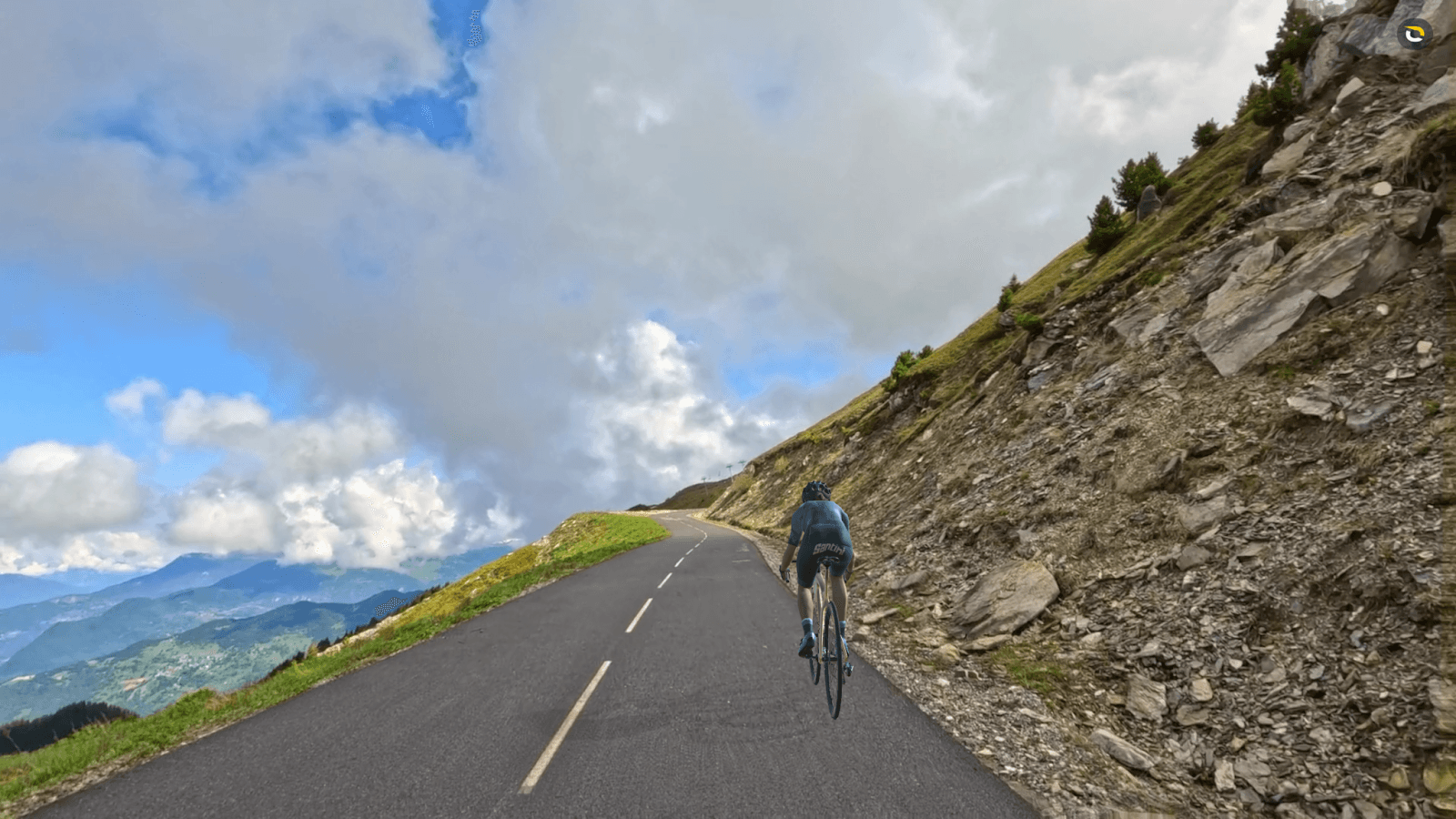
Alpine Gauntlet to La Plagne
Albertville, a town of less than 20,000 and host of the 1992 Winter Olympics and 8 Tour de France stages, is the start of Stage 19. The route goes up almost immediately from this small mountain town.
After a short flat section, the Côte d'Héry-sur-Ugine starts after 10km, 11.3km at 5.1% and sets the tone for the day. The Col des Saisies follows, 13.7km at 6.4% and then a sharp descent to Beaufort. There, the Col du Pré awaits, 12.6km at 7.7% and the last km is 12%. The terrain doesn’t let up with the Cormet de Roselend, 5.9km at 6.3% amidst alpine lakes and ridges with no respite.
After these four big climbs, a long descent and then the final challenge at Aime-la-Plagne: a 19.1km summit finish to La Plagne at 7.2%. Stage 19 is a long and demanding stage that requires endurance and good pacing. Cycle the Cormet de Roselend on ROUVY.
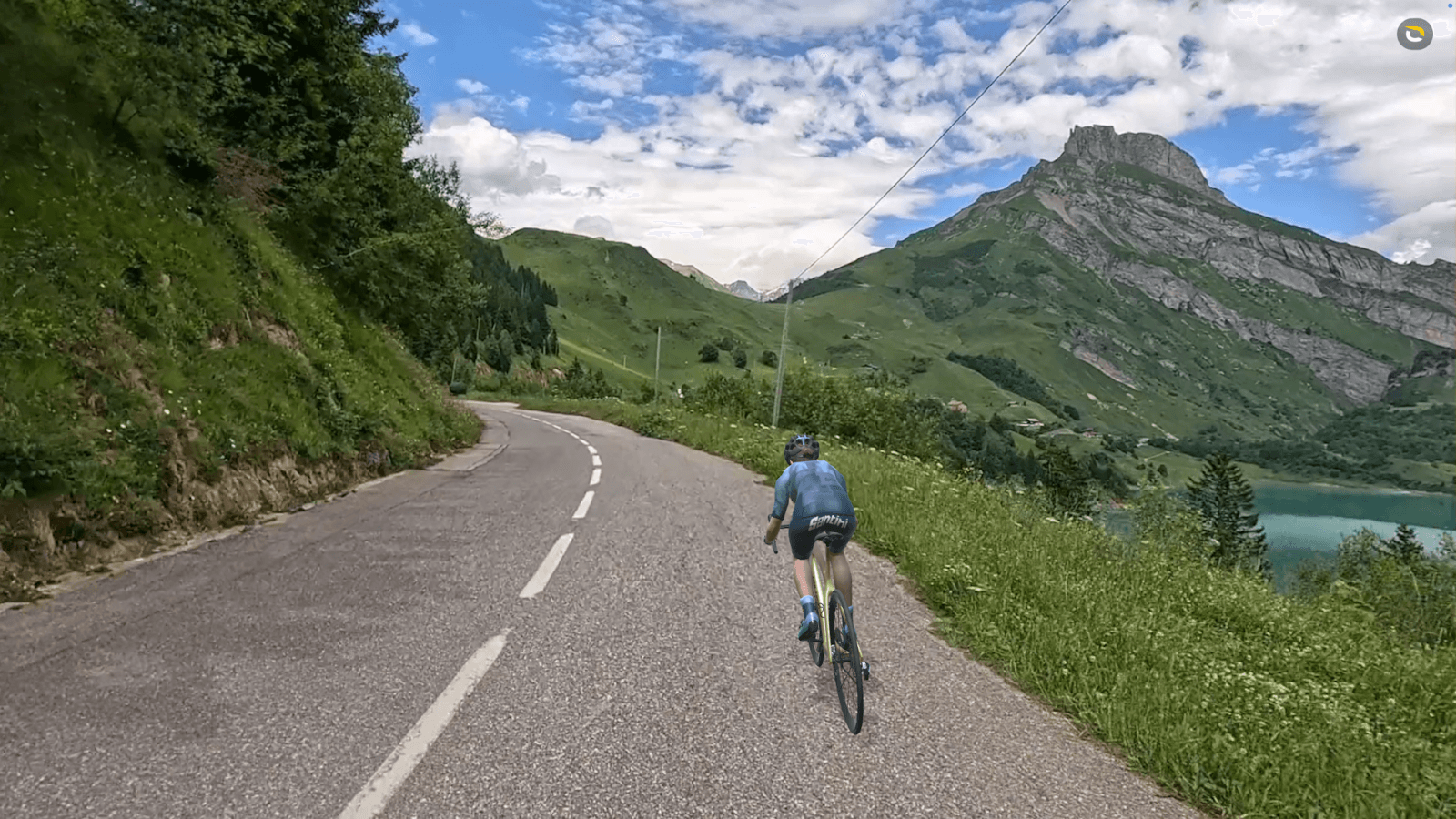
Live the Tour, Don’t Just Watch It
The 2025 Tour de France will push pros to the edge with its punishing elevation and intense competition. But with ROUVY, you don’t need to ride in the pro peloton to feel the burn and embrace the beauty. Whether you're chasing KOMs, building base fitness, or reliving cycling history, ROUVY makes it possible with high-quality routes ready for you to set some goals, improve your climbing strength, challenge yourself, and ride them with your friends.
